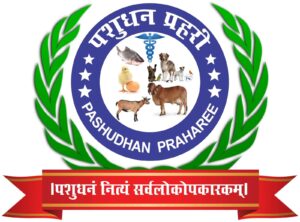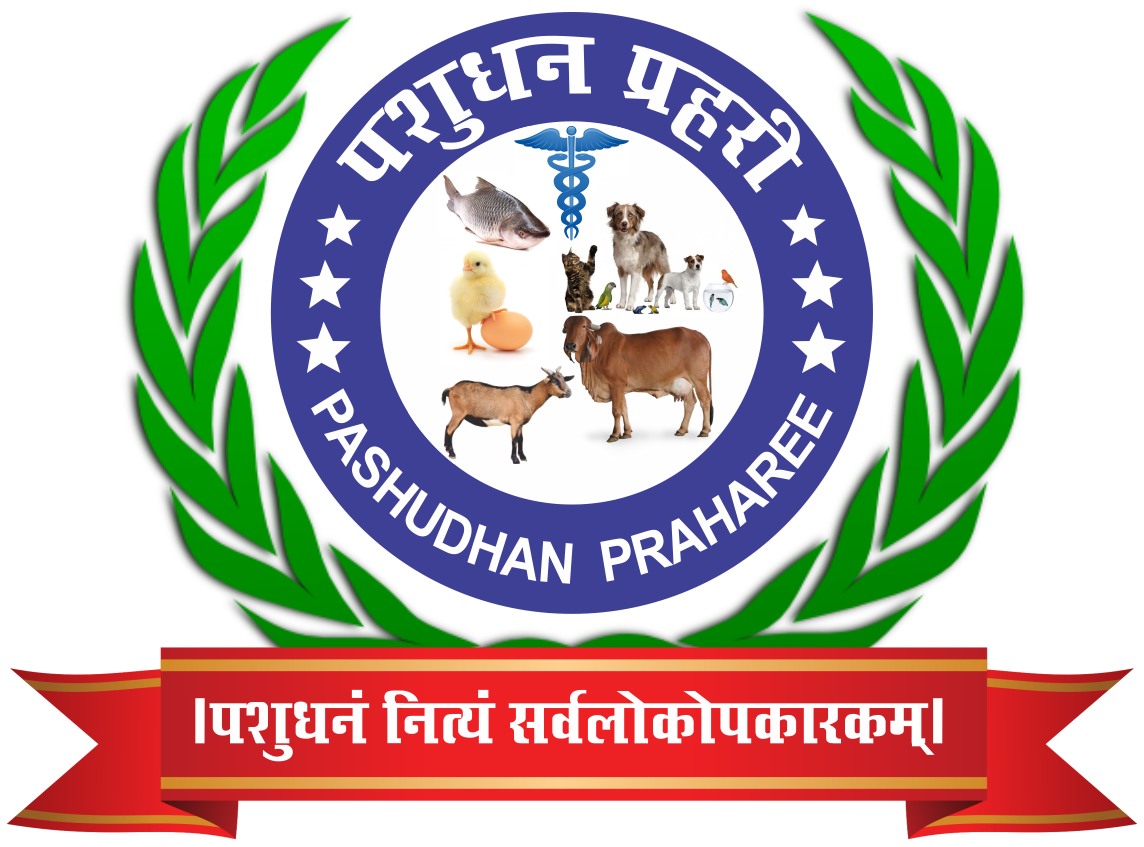
 Trump’s Trade War: A Windfall for Indian Poultry & Dairy Sector
Trump’s Trade War: A Windfall for Indian Poultry & Dairy Sector
 Understanding the Impact, Opportunities, and Strategic Way Forward for India’s AgroVet Sector
Understanding the Impact, Opportunities, and Strategic Way Forward for India’s AgroVet Sector
Former US President Donald Trump’s trade war with major economies—particularly China, the EU, and Mexico—involved high tariffs and restrictions on agri-imports and exports. While aimed at protecting domestic industries in the US, this global disruption of trade created opportunities and threats for agricultural producers across the world—including India’s poultry and dairy sector.
 Positive Impact (Opportunities for India):
Positive Impact (Opportunities for India):
1.  Boost in Global Export Demand:
Boost in Global Export Demand:
- China and other nations, after facing US export cuts, turned to alternative suppliers. India, with its competitive poultry and dairy production, became a potential substitute.
- China’s import ban on US poultry and pork opened doors for India to explore new markets, especially in Asia and the Middle East.
2.  Increased Global Prices:
Increased Global Prices:
- Trade disruptions led to global price rise in commodities like soy, dairy powders, chicken, and beef, making Indian products more price competitive in international markets.
3.  Focus on Indigenous Industry Development:
Focus on Indigenous Industry Development:
- The uncertainty and import dependency highlighted the need to strengthen local production. India saw renewed efforts toward self-sufficiency in dairy ingredients, such as whey proteins and cheese variants.
 Negative Impact (Challenges for India):
Negative Impact (Challenges for India):
1.  Volatile Input Prices:
Volatile Input Prices:
- Increased demand and tariffs globally drove upward pressure on feed costs (soybean, maize), directly impacting profitability of poultry and dairy farmers.
2.  Stiff International Competition:
Stiff International Competition:
- With markets becoming more open, Brazil, Thailand, Ukraine, and EU producers also pushed aggressively into the global poultry trade, often undercutting Indian prices.
3.  Trade Barriers & Quality Standards:
Trade Barriers & Quality Standards:
- Many countries imposed stringent SPS (Sanitary & Phytosanitary) regulations, limiting India’s access due to lack of uniform quality assurance and cold chain infrastructure.
 Opportunities to Be Tapped:
Opportunities to Be Tapped:
Exploring New Export Markets – Southeast Asia, Africa, Middle East.
Encouraging Food Processing and Value Addition – UHT milk, dairy powders, ready-to-eat poultry products.
Investing in Quality, Traceability & Certification – To meet international standards.
Empowering Smallholder Farmers – Through FPOs, cooperatives, and digital platforms.
Public-Private Partnerships (PPP) – For logistics, cold chains, feed processing, and international branding.
 Strategies to Be Adopted:
Strategies to Be Adopted:
 1. Strengthening the Supply Chain:
1. Strengthening the Supply Chain:
- Investment in cold chain logistics and warehousing.
- Focus on traceability, animal health, and feed quality.
 2. Improve R&D and Breed Productivity:
2. Improve R&D and Breed Productivity:
- Develop disease-resistant, high-yielding indigenous poultry and dairy breeds.
- Promote alternative feeds to reduce soy dependency.
 3. Diversification of Product Portfolio:
3. Diversification of Product Portfolio:
- Focus on niche markets – organic milk, A2 milk, free-range eggs, native poultry.
 4. Policy & Infrastructure Support:
4. Policy & Infrastructure Support:
- Simplify export procedures.
- Subsidize veterinary inputs and promote AgroVet startups via FPOs.
 5. Sustainability Focus:
5. Sustainability Focus:
- Align growth with climate-smart livestock farming, better waste utilization (manure, biogas), and reduced antibiotic use.
 Impact on AgroVet Sector & Society:
Impact on AgroVet Sector & Society:
| Area | Positive Impact | Negative Impact |
| Farmers’ Income | Better export prices, increased demand | High input costs and feed scarcity |
| Employment | Rural jobs in poultry, dairy processing | Market fluctuations could impact small farmers |
| Technology | Push for innovations in breeding, feed, logistics | Adoption lag in remote and tribal areas |
| Sustainability | Scope for low-carbon dairy & poultry practices | Risk of over-intensification and resource pressure |
Trump’s trade war disrupted traditional global supply chains but also created a golden window for India’s poultry and dairy industries. With the right strategies, India can leverage this shift to strengthen its AgroVet sector, enhance rural livelihoods, boost export revenue, and drive the “Viksit Bharat” vision.



